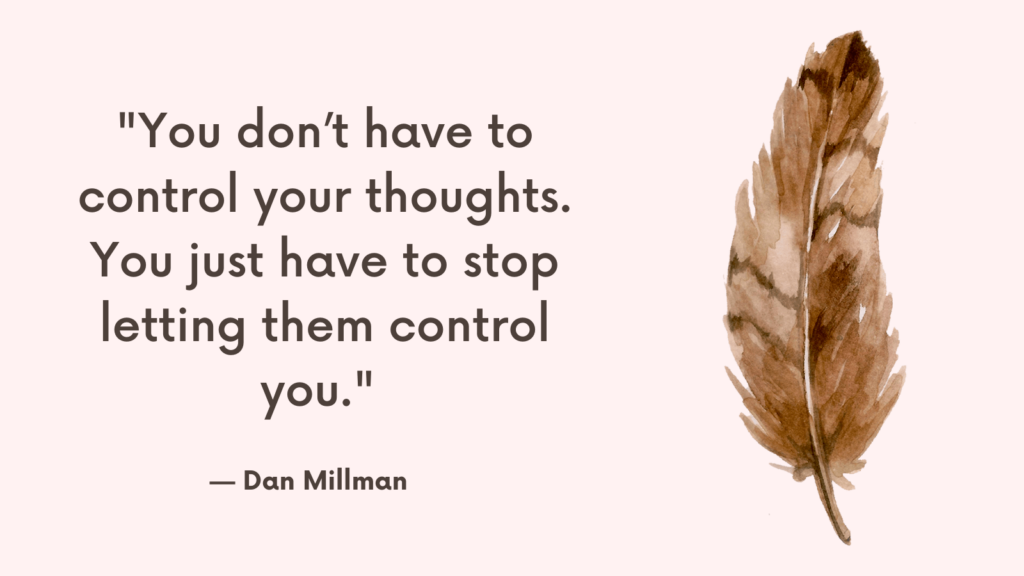Apologies play a crucial role in maintaining and repairing relationships.
A genuine apology can mend hurt feelings and restore trust, while a poorly executed one can make things worse.
Understanding how to apologize effectively is essential for fostering healthy, lasting relationships.
In this blog post, we will explore the steps to making a meaningful apology and provide additional insights to enhance your apology skills.
Understanding the Importance of Apologies
When someone has hurt you or broken your trust, an apology can be a powerful tool in repairing the damage.
However, not all apologies are created equal.
A meaningful apology goes beyond simply saying, “I’m sorry.”
It involves taking responsibility, expressing genuine remorse, and making amends.
How to Apologize Effectively?
Here are four steps to help you craft an effective apology.
Step 1: Acknowledge Your Responsibility
The first step in offering a sincere apology is to acknowledge your responsibility for the harm caused.
This means recognizing your actions and their impact on the other person without shifting blame or making excuses.
Avoid Shifting Blame
Statements that shift blame onto the other person or use passive language can undermine your apology. For example:
– “I’m sorry I lashed out at you, but you made me so angry.” (Blames the other person)
– “I’m sorry this happened; mistakes were made.” (Uses passive voice)
Take Ownership
Instead, use statements that take full ownership of your actions:
– “I realize I shouldn’t have shared your information with others. I understand it was a breach of your trust, and I am truly sorry for my actions.”
Related: How To Validate Someone’s Feelings Without Agreeing? (+Examples of Validating Statements)
Step 2: Provide an Explanation
Providing an explanation can help the other person understand your perspective and context, but it should not serve as a defense or excuse for your behavior. The goal is to show that the hurtful outcome was not intentional.
Avoid Defensive Explanations
Defensive explanations can come across as insincere and may include passive-aggressive elements. For example:
– “I was wrong for calling you stupid. I know I’m not very patient with people who have trouble listening.” (Includes a dig at the end)
Offer Context
Offer a non-defensive explanation that provides context without justifying the behavior:
– “I was trying to help someone who was going through a similar situation, and I thought sharing your story might help. In hindsight, I should have asked for your permission first.”
Related: How to Respond When Someone Is Being Vulnerable?
Step 3: Express Genuine Remorse
Expressing genuine remorse involves showing that you regret your actions and their impact. This step requires vulnerability and sincerity.
Avoid Externalizing Blame
Statements that externalize blame or imply that your actions were out of character can diminish the sincerity of your apology:
– “I don’t know what came over me” or “This isn’t like me.”
Be Vulnerable
Instead, express your remorse clearly and vulnerably:
– “I’m disappointed in myself for letting you down, and I won’t let it happen again.”
Related: Best 10 Books On Validation
Step 4: Offer to Make Amends
Offering to make amends shows that you are committed to repairing the damage and preventing future harm. It’s an important step in rebuilding trust.
Ask How to Make Things Right
If you’re unsure how to make amends, ask the other person for guidance:
– “How can I make this right?”
Be Prepared for Different Responses
Understand that not all responses will be positive. Some individuals may use your mistake as leverage, while others may not have any specific requests. Regardless, making an effort to right your wrongs demonstrates your sincerity.
Related: 4 Essential Keys To Effective Communication
Practical Tips for Effective Apologies
To further enhance your ability to apologize effectively, consider these additional tips:
1. Timing is Crucial
Choose an appropriate time to apologize when both you and the other person are calm and can have a constructive conversation. Avoid apologizing in the heat of the moment when emotions are high.
2. Be Specific
A vague apology can seem insincere. Be specific about what you’re apologizing for and why it was wrong. This demonstrates that you understand the impact of your actions.
3. Follow Through on Promises
If you offer to make amends or change your behavior, be sure to follow through. Consistent actions are key to rebuilding trust and showing that your apology was genuine.
4. Practice Empathy
Try to put yourself in the other person’s shoes. Understanding their feelings and perspective can help you apologize more sincerely and effectively.
Related: Affirm vs Validate (+FREE Worksheet)

Conclusion
Mastering the art of apology is essential for maintaining healthy relationships and personal growth.
Remember, apologizing is not just about the words you say but the actions you take to demonstrate your sincerity and commitment to positive change.



